In times of economic uncertainty, consumers spend less on non-essential items, right? Not always.
According to the ‘Lipstick Index’, sales of beauty products rise when consumers are feeling the pinch as they look for inexpensive ways to treat themselves. Given the current financial conditions, how can health and beauty brands take advantage of this trend to boost their sales?
What is the ‘Lipstick Index?’
In the early 2000s, Laurent Lauder, Chair of Estée Lauder, noted that sales of the company’s lipsticks had increased, contradicting the poor economic conditions in the wake of 9/11. His theory - that affordable luxuries become more desirable when consumers have less disposable income - was coined the ‘Lipstick Index’, but does it play out in reality?
Yes and no. Since Lauder’s proclamation, the Lipstick Index has been ‘proven’ at multiple times of economic uncertainty, such as cosmetic brands L'Oréal and Beiersdorf reporting noticeable gains following the 2008 global financial crisis. During the Covid pandemic, though, beauty sales fell. However, this is unsurprising given people were at home or wearing masks, while the rise in sales of other feel-good ‘pick-me-ups’ like chocolate and wellness products shows the sentiment of the Lipstick Index (inexpensive treats in hard times) remained.
Who is the Lipstick Index’s target market?
According to a recent Mintel report on health and beauty trends, 84% of Indian beauty buyers use personal care products to make themselves feel good and 68% of French consumers purchase beauty products to feel more confident; supporting the Lipstick Index’s rationale. But consumers are not a homogenous block, so which customers are most likely to buy in a downturn?
In GWI’s 2023 Consumer Trends report, clothing topped the list of ‘budget treats’ followed by food deliveries, tech items, dining out and travel. Health/personal care and skincare came sixth and ninth respectively. Yet when broken down by demographics, these rankings change.
For female Gen Z and Millenials, skincare products were considered the top budget treat with beauty/cosmetics (2nd) and health/personal care items (4th) also in the top five. For female Gen X and Baby Boomers, skincare was ranked in third place, while male Gen Z and Millennials listed health/personal care in fourth place.
How sellers can take advantage of the Lipstick Index
Knowing which demographics to target with your health and beauty products is just the first step. Health and beauty brands can also position themselves to take advantage of the Lipstick Index by other means, especially if their products match with recent trends, such as using greener, more natural ingredients.
Firstly, brands should think about which of their products have large profit margins and can be easily discounted in price - i.e. lipstick might cost $2.5 but retail for $35 - which provides an additional incentive for buyers in current conditions.
Secondly, consumers are more likely to spend money with brands they can trust (40% discounts from the likes of Estée Lauder are more trustworthy than unknown brands). Health and beauty brands should therefore look to build loyalty and reassurance with their marketing and messaging, such as product descriptions on marketplaces.
It’s not just Lipstick
While it’s called the Lipstick Index, the theory applies beyond cosmetics and other beauty ranges like fragrances and make-up to cover any affordable and accessible luxury. For advice on how best to leverage this sentiment to increase your online marketplace sales, get in touch with eManaged.

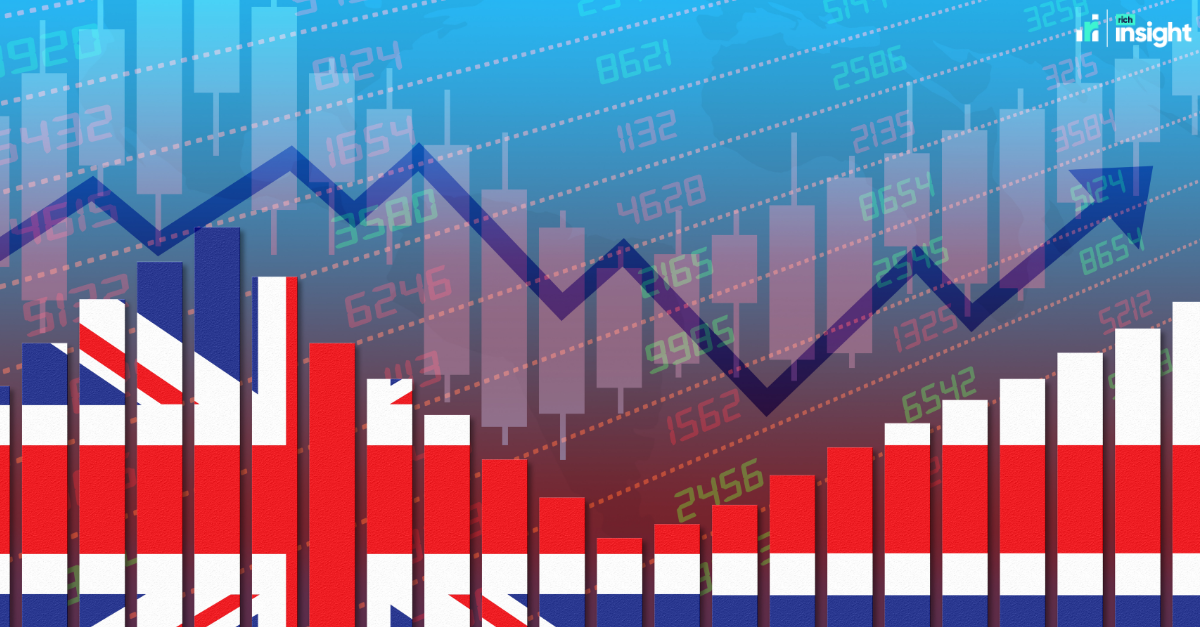
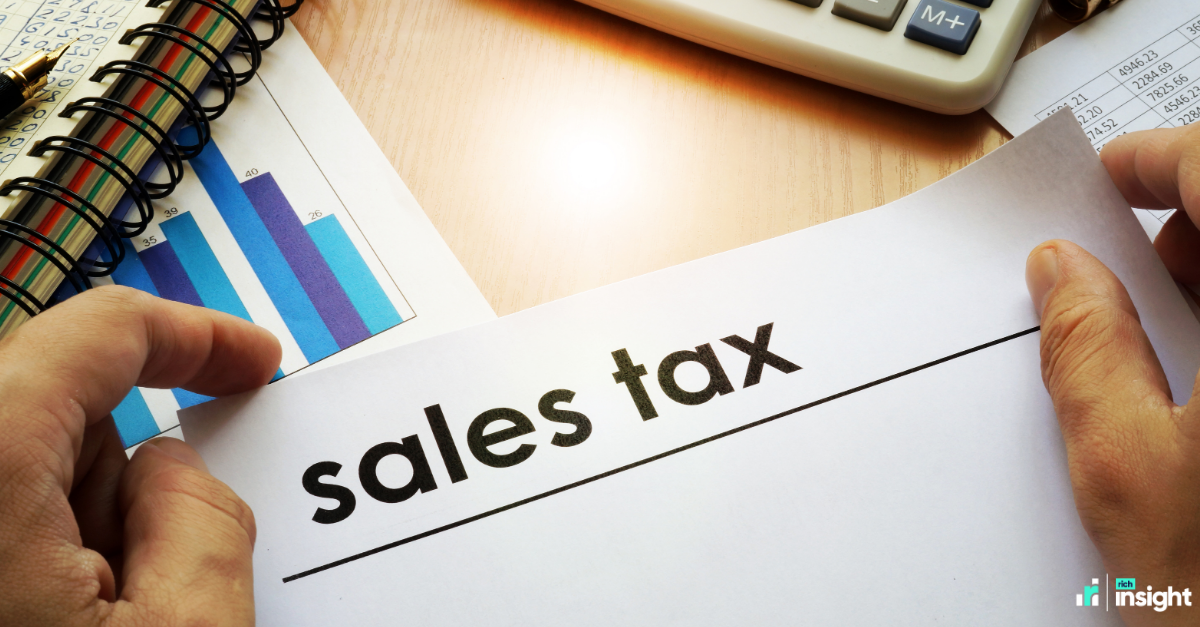
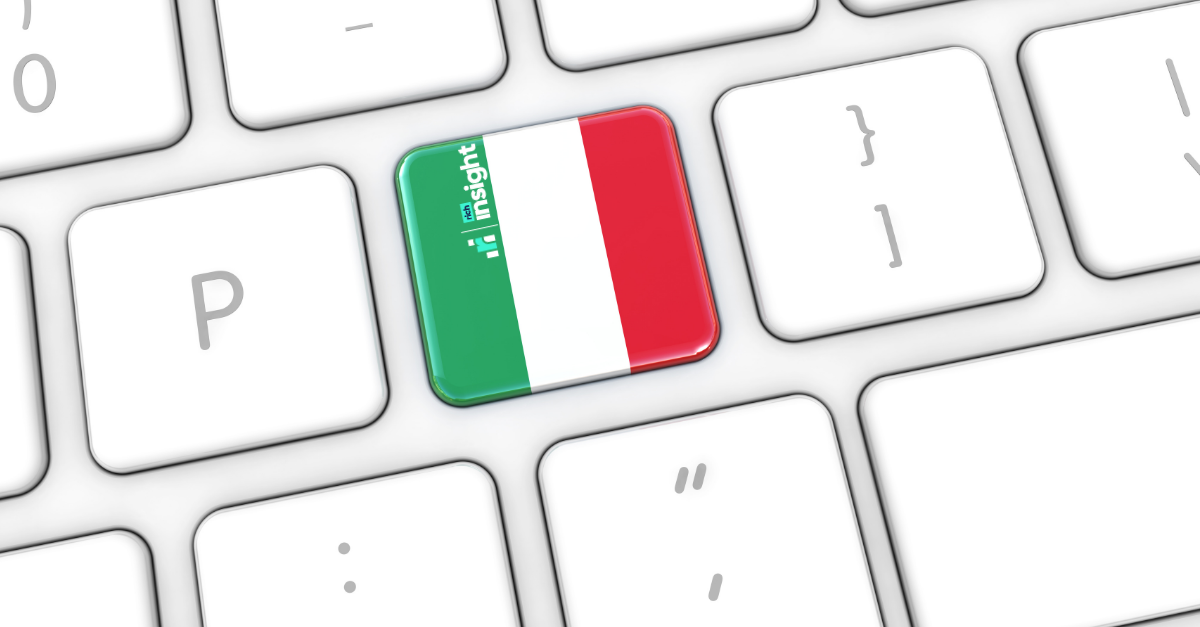
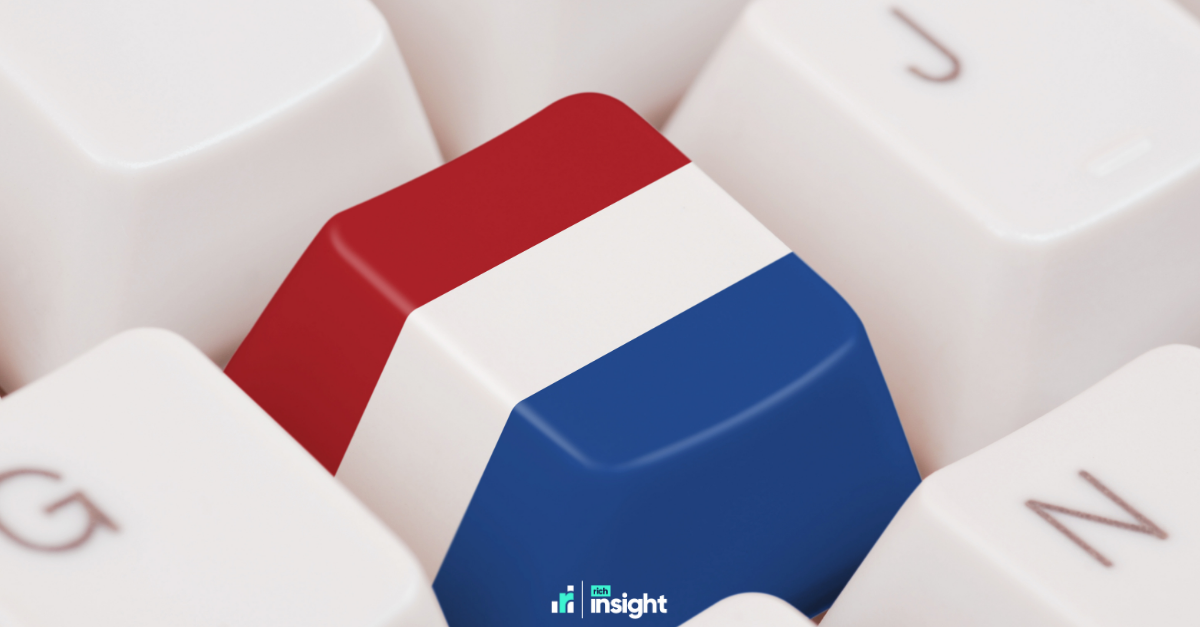
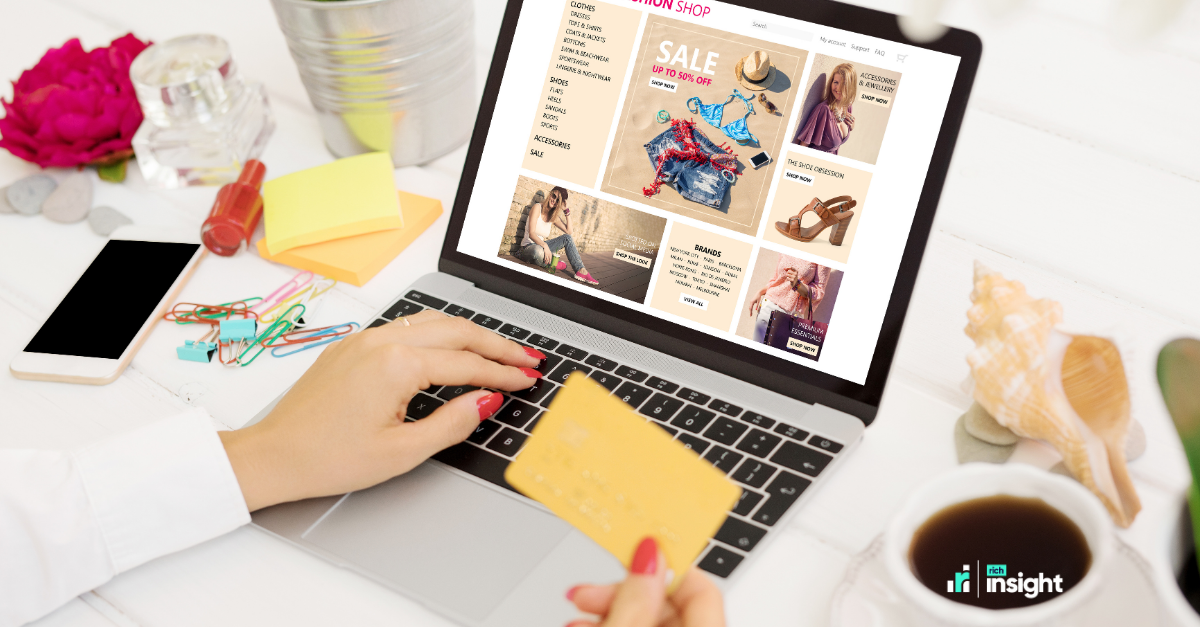
Blog Comments